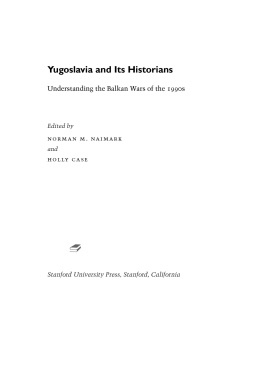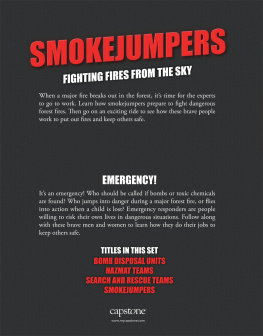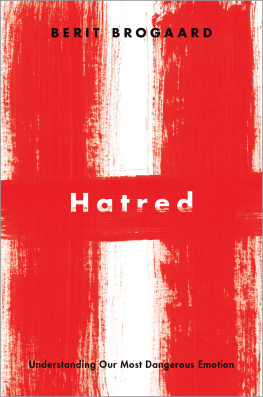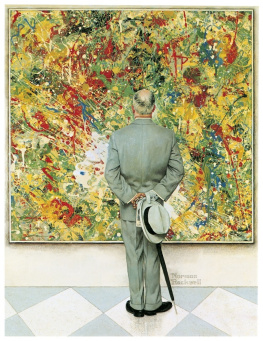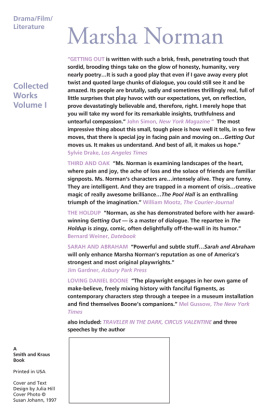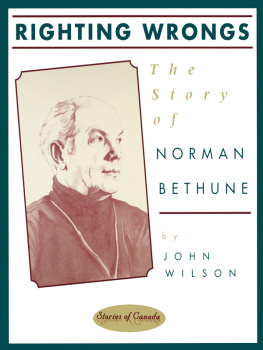Copyright 2001 by the President and Fellows
of Harvard College
All rights reserved
Printed in the United States of America
First Harvard University Press paperback edition, 2002
Designed by Gwen Nefsky Frankfeldt
Library of Congress Cataloging-in-Publication Data
Naimark, Norman M.
Fires of hatred : ethnic cleansing in twentieth-century Europe / Norman M. Naimark.
p. cm.
Includes bibliographical references and index.
Contents: The Armenians and Greeks of Anatolia
The Nazi attacks on the Jews
Soviet deportation of the Chechens-Ingush and the Crimean Tatars
The expulsion of Germans from Poland and Czechoslovakia
The wars of Yugoslav succession.
ISBN 0-674-00313-6 (cloth)
ISBN 0-674-00994-0 (pbk.)
1. EuropeEthnic relations. 2. RacismEuropeHistory20th century.
3. Population transfers. 4. Political atrocitiesEurope. I. Title.
GN575 N15 2001
305.80094dc21
00057500
The history of Europe in the twentieth century ended badly. In the southeastern quadrant of the continent, former Yugoslavia has been overwhelmed by war, ethnic cleansing, and civil strife. The worst fighting in Europe since World War II has displaced millions of people and produced hundreds of thousands of casualties. Where Serbs, Croats, Bosnians, and Kosovar Albanians lived in relative peace and prosperity, there is now hatred, devastation, and fearsome poverty. The tenuous multinational culture of Yugoslavia has been obliterated. Anger and resentment divide ethnic communities and imperil attempts by NATO and the European Union to rebuild multinational institutions and societies. Civil and ethnic strife threaten Montenegro, Macedonia, and Albania. As a result, the stability of the European continent remains a source of great concern to the world community.
In Eastern Europe as a whole, the great hopes of 1989 have not materialized, in part because the optimism was unwarranted in the first place and in part because the transition from communism to democracy and from centrally run economies to market-style capitalism has been fraught with structural impediments, some anticipated, some not. For forty-five years, Germans longed for an end to the division of their country, but unification proved much more problematic than expected. A few success stories can be found in former communist EuropePoland most notablybut the much longer line of failures, not the least of which is Russia itself, causes serious uneasiness about the new century. Yet nowhere has the descent into a dark cloud of pessimism been as steep as in former Yugoslavia. No country in formerly communist Eastern Europe has fallen apart with such violence and wanton destruction.
How could it happen that the hopes and dreams associated with the fall of communism in 1989 and the collapse of the Soviet Union in 1991 were shattered by nearly a decade of war, brutality, and ethnic cleansing in former Yugoslavia? Once again, war on the European continent had disgorged tens of thousands of haggard refugees, telling horrific stories of rape, torture, and death. Once again, innocent civilians were executed by firing squads and buried in mass graves. Once again, villages were set aflame, animals killed, and houses of worship blown up. Once again, whole ethnic populations were crowded into railway cars and deported from their homelands. And once again, the world community looked on in horror, seemingly incapable of preventing or ending these acts of forced deportation and mass murder. Was the twentieth centurys sordid history of genocide simply repeating itself in this last decade? Or was there something new in these wars of ethnic cleansing about which the media spoke and wrote so often?
To try to answer these and related questions, I have chosen cases from twentieth-century European history that help illuminate the process of ethnic cleansing, its causes and effects. Comparative history is Clios own modest form of social science, allowing the observer to ask what is structurally the same and what is different in these cases and to think about what has changed and what has remained consistent over time. Most importantly, comparison provides the potential for better understanding the causes of ethnic cleansing in our era. Bound up in the comparative method of historical analysis are a number of conceptual problems, howeverproblems that are compounded by the geographical and chronological limitations I have placed on this work. To explore these limitations, the following discussion focuses on the three components of the books title itself: ethnic cleansing, twentieth century, and Europe.
Ethnic Cleansing
This term exploded into our consciousness in May 1992 during the first stage of the war in Bosnia.
In this book I will argue that ethnic cleansing is a useful and viable term for understanding not just the war in former Yugoslavia but other similar cataclysmic events in the course of the twentieth century. New concepts are consistently being invented to describe, classify, and arrange events of the past in order to understand them in the present. In this sense, ethnic cleansing, which was used with increasing frequency after May 1992, is little different from the term genocide, which derived its meaning from Raphael Lemkins writings during World War II to describe what was happening to the victims of Nazism. Moreover, ethnic cleansing is presently taking on a juridical meaning through the war crimes courts in the Hague, just as genocide was defined by Article II of the United Nations Convention on the Prevention and Punishment of the Crime of Genocide of December 9, 1948.
A new term was needed because ethnic cleansing and genocide are two different activities, and the differences between them are important. As in the case of determining first-degree murder, intentionality is the critical distinction. Genocide is the intentional killing off of part or all of an ethnic, religious, or national group; the murder of a people or peoples (in German, Vlkermord) is the objective. The intention of ethnic cleansing is to remove a people and often all traces of them from a concrete territory. The goal, in other words, is to get rid of the alien nationality, ethnic, or religious group and to seize control of the territory they had formerly inhabited. At one extreme of its spectrum, ethnic cleansing is closer to forced deportation or what has been called population transfer; the idea is to get people to move, and the means are meant to be legal and semi-legal. At the other extreme, however, ethnic cleansing and genocide are distinguishable only by the ultimate intent. Here, both literally and figuratively, ethnic cleansing bleeds into genocide, as mass murder is committed in order to rid the land of a people.





